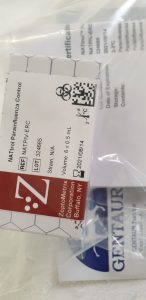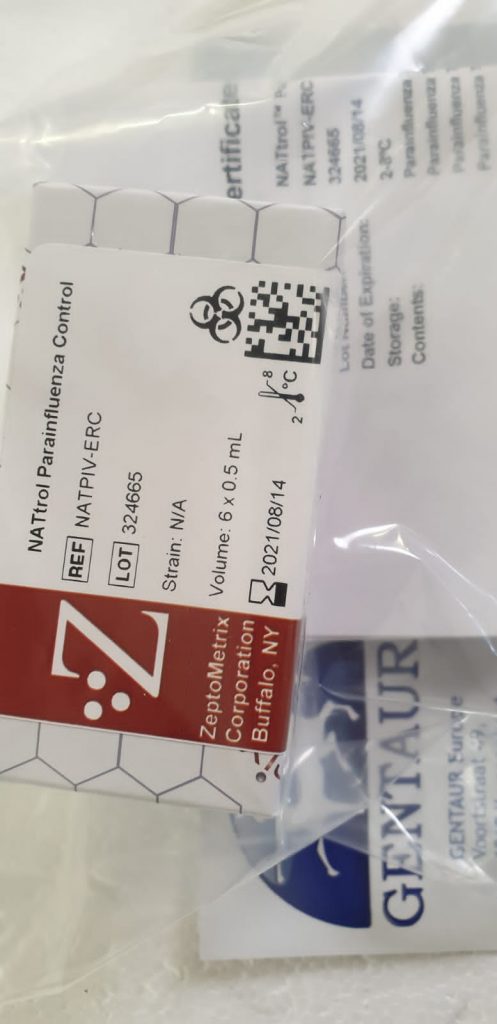A plant pathway that initiates with the formation of citramalate from pyruvate and acetyl-CoA by citramalate synthase (CMS) is proven to contribute to the synthesis of α-ketoacids and vital odor-active esters in apple (Malus × domestica) fruit. Microarray screening led to the invention of a gene with excessive amino acid similarity to 2-isopropylmalate synthase (IPMS).
However, practical evaluation of recombinant protein revealed its substrate desire differed considerably from IPMS and was extra typical of CMS. MdCMS additionally lacked the regulatory area current in MdIPMS and was not delicate to suggestions inhibition. 13C-acetate feeding of apple tissue labeled citramalate and α-ketoacids in a method in line with the presence of the citramalate pathway, labeling each straight- and branched-chain esters.
Analysis of genomic DNA (gDNA) revealed the presence of two almost an identical alleles in “Jonagold” fruit (MdCMS_1 and MdCMS_2), differing by two nonsynonymous single-nucleotide polymorphisms (SNPs). The mature proteins differed solely at amino acid 387, possessing both glutamine387 (MdCMS_1) or glutamate387 (MdCMS_2). Glutamate387 was related to close to full lack of exercise. MdCMS expression was fruit-specific, rising severalfold throughout ripening.
The translated protein product was detected in ripe fruit. Transient expression of MdCMS_1 in Nicotiana benthamiana induced the buildup of excessive ranges of citramalate, whereas MdCMS_2 didn’t. Domesticated apple traces with MdCMS isozymes containing solely glutamate387 produced a very low proportion of 2-methylbutanol- and 2-methylbutanoate (2MB) and 1-propanol and propanoate (PROP) esters. The citramalate pathway, beforehand solely described in microorganisms, is proven to operate in ripening apple and contribute to isoleucine and 2MB and PROP ester biosynthesis with out suggestions regulation.
Resolving dynamics of inertial migration in straight and curved microchannels by direct cross-sectional imaging
The explosive growth of inertial microfluidic techniques for label-free sorting and isolation of cells calls for improved understanding of the underlying physics that dictate the intriguing phenomenon of size-dependent migration in microchannels. Despite current advances in the physics underlying inertial migration, migration dynamics in 3D will not be absolutely understood. These investigations are hampered by the dearth of quick access to the channel cross part.
In this work, we report on a easy technique of direct imaging of the channel cross part that’s orthogonal to the circulation route utilizing a widespread inverted microscope, offering very important data on the 3D cross-sectional migration dynamics. We use this method to revisit particle migration in each straight and curved microchannels. In the oblong channel, the high-resolution cross-sectional pictures unambiguously affirm the two-stage migration mannequin proposed earlier.
In the curved channel, we discovered two vertical equilibrium positions and elucidate the size-dependent vertical and horizontal migration dynamics. Based on these outcomes, we suggest a vital ratio of blockage ratio (β) to Dean quantity (De) the place no web lateral migration happens (β/De ∼ 0.01). This dimensionless quantity (β/De) predicts the route of lateral migration (inward or outward) in curved and spiral channels, and thus serves as a guideline in design of such channels for particle and cell separation functions. Ultimately, the brand new method to direct imaging of the channel cross part allows a wealth of beforehand unavailable data on the dynamics of inertial migration, which serves to enhance our understanding of the underlying physics.

A novel vaccine adjuvant primarily based on straight polyacrylate potentiates vaccine-induced humoral and mobile immunity in cynomolgus macaques
Adjuvants are central to the efficacy of subunit vaccines. Although a number of new adjuvants have been permitted in human vaccines over the past decade, the panel of adjuvants in licensed human vaccines stays small. There remains to be a want for novel adjuvants that may be safely used in people, simple to supply and to formulate with a big selection of antigens and can be broadly relevant to a big selection of vaccines.
In this text, utilizing the Respiratory Syncytial Virus (RSV) nanoparticulate prefusion F mannequin antigen developed by Sanofi, we exhibit in the macaque mannequin that the polyacrylate (PAA)-based adjuvant SPA09 is nicely tolerated and will increase vaccine antigen-specific humoral immunity (sustained neutralizing antibodies, reminiscence B cells and mucosal immunity) and elicits robust T<sub>H</sub>1-type responses (primarily based on IFNγ and IL-2 ELISpots) in a dose-dependent method. These knowledge warrant additional growth of the SPA09 adjuvant for analysis in medical trial.
Reconstruction of the Mediastinum and Tracheopexy for Tracheomalacia in Straight-Back-Syndrome
Tracheomalacia in Straight Back Syndrome (SBS) outcomes from power compression of the trachea and the mainstem bronchi primarily as a result of decreased mediastinal diameter. Mainstay of correction is the rise of mediastinal area and the restoration of the tracheal lumen and stability. Due to the good variability of the manifestation of this illness, invidualized approaches are required.
We describe our method in a 36 12 months previous girl with SBS related extreme tracheobronchomalacia with reconstruction of the proximal aorta, brachiocephalic artery, sternoplasty and anterior tracheopexy which resulted in profitable remedy of the situation.
Authors’ response to “Straight plastic stents in tumours on the hepatic hilum and associated duodenal perforation”
We deeply recognize the attention-grabbing feedback from García Cano et al. relating to the issues derived from using plastic prostheses in hilar tumours. Indeed, a lot of the revealed case studies on duodenal perforations secondary to migrated biliary prostheses occurred with plastic stents, which can be associated to the entrapment phenomenon described. In our case, it must be clarified that, as a result of medical worsening and threat of issues related to biliary duct obstruction, we proceeded to an pressing biliary drainage by inserting a 10 Fr x 12 cm straight plastic stent.
Although it’s extensively accepted that uncovered self-expandable steel stents (SEMS) are the prostheses of option to palliate jaundice in sufferers that aren’t candidates to surgical procedure, the dearth of availability at the moment led to using a plastic stent. It should be famous that a prior analysis of liver quantity is important, in order to keep away from drainage of atrophic segments, which is related to decrease survival.
After the hostile impact described, a 12 cm SEMS was requested, which lasted for 6 months till the affected person deceased. On the opposite hand, a current publication by Wang et al. urged that the position of a nasobiliary catheter after endoscopic closure might favor the therapeutic of the perforation website and speed up restoration. Finally, we want to recall that the retroperitoneal assortment secondary to the perforation was managed percutaneously as an alternative of utilizing an endoscopic ultrasound guided drainage.
[Linking template=”default” type=”products” search=”Musk Ambrette” header=”3″ limit=”126″ start=”4″ showCatalogNumber=”true” showSize=”true” showSupplier=”true” showPrice=”true” showDescription=”true” showAdditionalInformation=”true” showImage=”true” showSchemaMarkup=”true” imageWidth=”” imageHeight=””]
We are conscious of the advantages of utilizing lumen-apposing steel stents in the remedy of postsurgical collections, being a beautiful different to percutaneous drainage for collections near the abdomen, duodenum or rectum. However, the restricted proof out there and our better expertise with the percutaneous approach in related collections, drove us to decide on this method.

